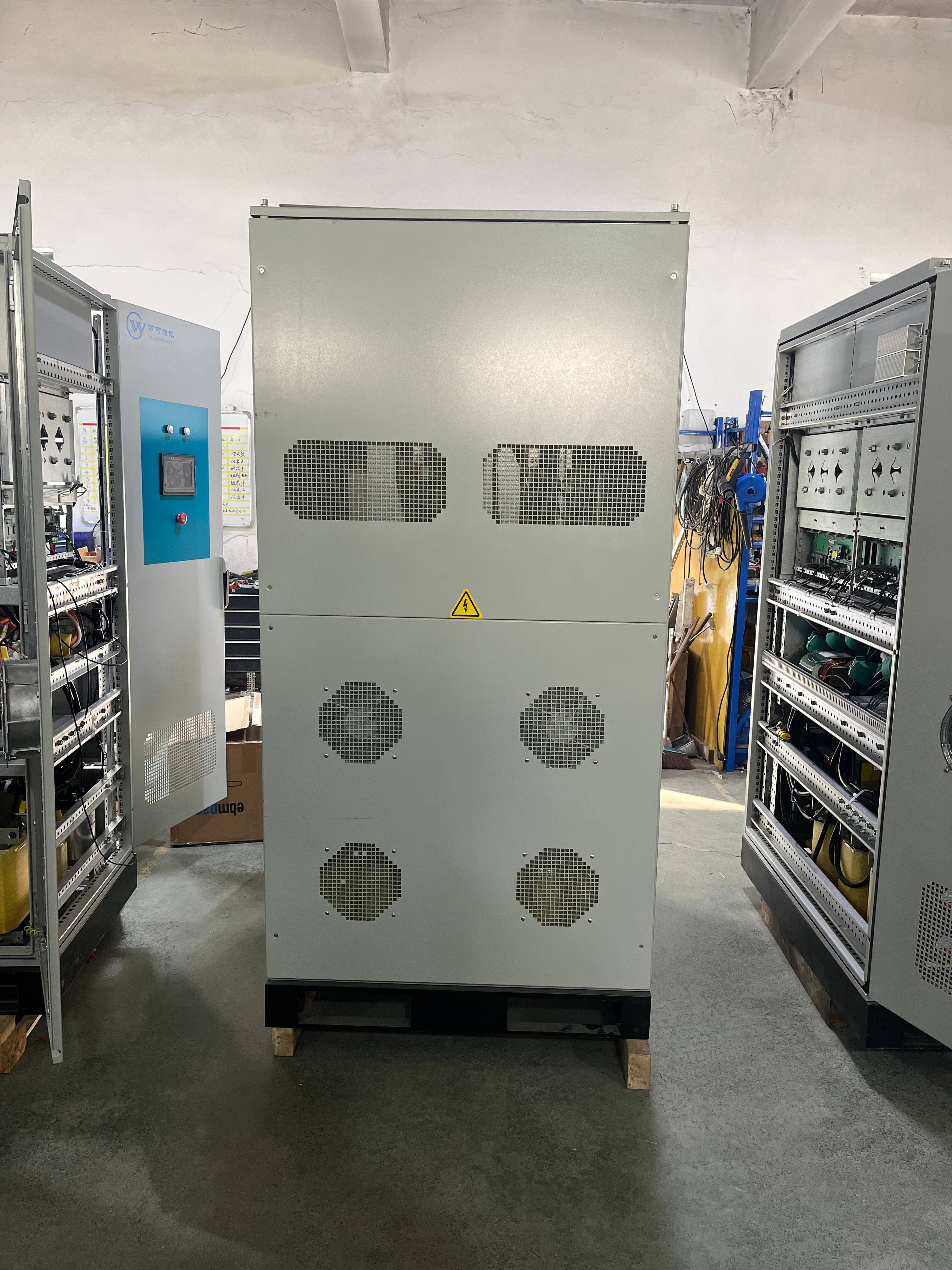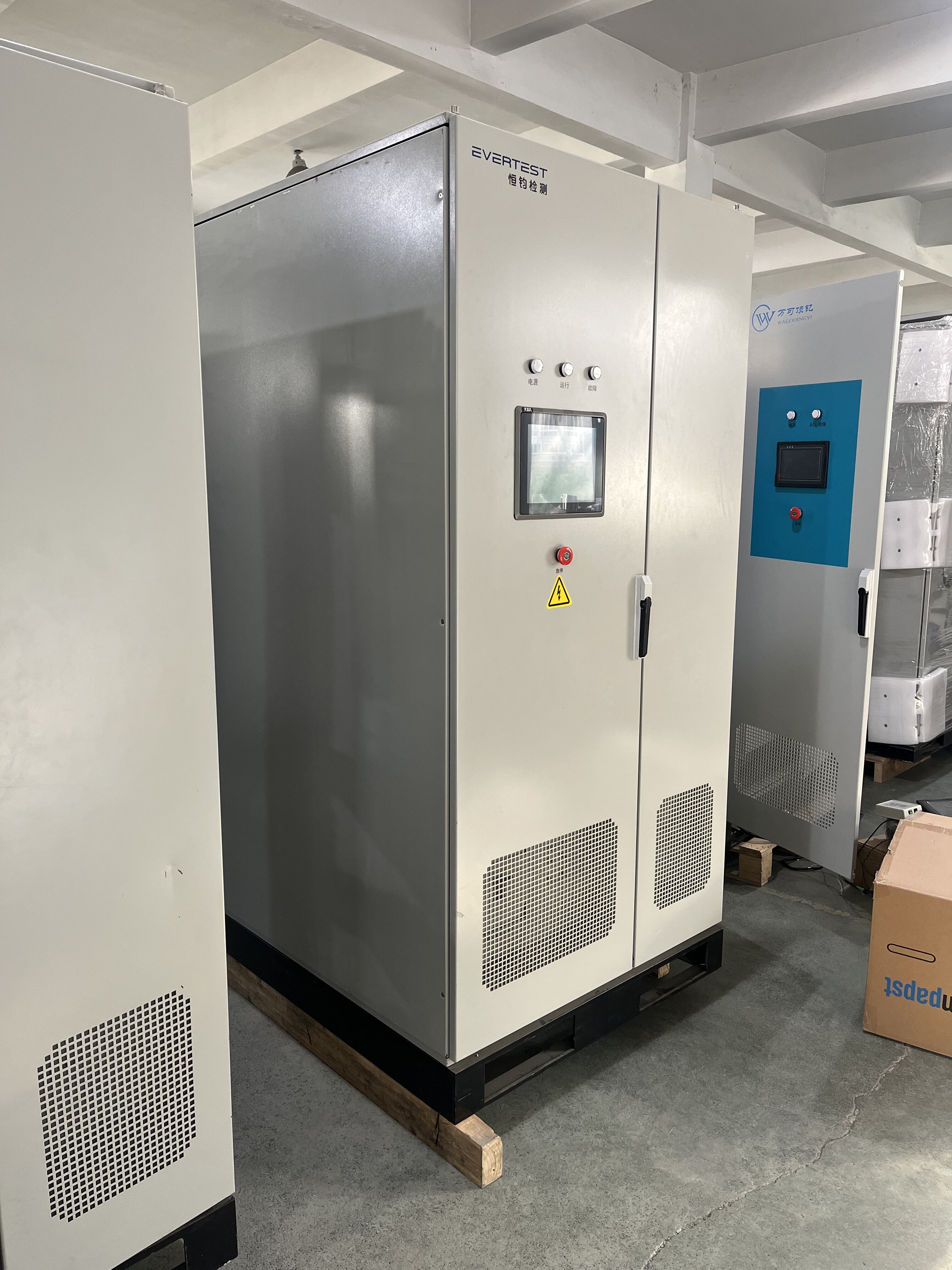Understanding Modern Power Testing Solutions
The landscape of power testing and energy management has evolved dramatically in recent years, with bidirectional DC power supply systems emerging as a cornerstone technology for advanced testing applications. These sophisticated instruments represent a significant leap forward from traditional unidirectional power supplies, offering unprecedented flexibility and efficiency in testing scenarios.
As industries push towards more sustainable and efficient power solutions, bidirectional DC power supplies have become invaluable tools for engineers and technicians. Their ability to both source and sink power makes them uniquely suited for testing modern energy storage systems, electric vehicle components, and renewable energy technologies.
Core Benefits of Bidirectional Power Technology
Enhanced Energy Recovery Capabilities
A bidirectional DC power supply stands out for its ability to recycle energy rather than dissipate it as waste heat. During discharge cycles, the power supply can feed energy back into the grid, significantly reducing operational costs and environmental impact. This energy recovery feature is particularly valuable in high-power testing applications where traditional power supplies would generate substantial heat and require additional cooling infrastructure.
The energy recycling capability typically achieves efficiency rates of up to 95%, representing substantial cost savings over extended testing periods. For facilities running multiple test stations, these savings can amount to thousands of dollars annually in reduced energy consumption.
Versatile Operating Modes
Modern bidirectional DC power supply systems offer multiple operating modes that provide exceptional testing flexibility. They can seamlessly transition between source and sink modes, enabling comprehensive testing of batteries, fuel cells, and other energy storage devices. This versatility eliminates the need for separate source and load equipment, reducing both capital investment and laboratory space requirements.
The ability to switch between operating modes also enables more complex testing scenarios, such as simulating real-world conditions for renewable energy systems or performing regenerative battery cycling tests. This functionality is particularly valuable in research and development environments where test requirements frequently change.

Advanced Testing Capabilities
Precision Control and Measurement
Bidirectional DC power supplies excel in providing highly accurate voltage and current control. With precision typically reaching 0.1% or better, these instruments ensure reliable test results across various applications. The advanced control systems maintain stable output even under rapidly changing load conditions, making them ideal for testing sensitive electronic components.
The measurement capabilities are equally impressive, with high-resolution sampling rates that capture transient events and enable detailed analysis of device behavior. This level of precision is essential for quality control testing and product validation in manufacturing environments.
Dynamic Response Performance
The dynamic response characteristics of bidirectional DC power supplies make them particularly well-suited for testing modern power electronics. Fast transient response times, typically in the millisecond range, enable accurate simulation of real-world power conditions and fault scenarios. This capability is crucial for testing protective circuits and ensuring device reliability under varying load conditions.
The ability to rapidly adjust output parameters also facilitates automated testing sequences, improving throughput in production testing applications. Sophisticated programming interfaces allow for complex test profiles that can simulate years of operational conditions in compressed timeframes.
Implementation Considerations
System Integration Requirements
Implementing a bidirectional DC power supply requires careful consideration of system integration aspects. The power supply must be compatible with existing infrastructure, including AC power distribution systems and safety interlocks. Proper planning ensures smooth integration with test automation systems and data acquisition equipment.
Consider factors such as power quality requirements, physical space constraints, and cooling needs when selecting and installing a bidirectional system. The initial setup may require additional infrastructure investments, but these are typically offset by long-term operational benefits.
Safety and Protection Features
Modern bidirectional DC power supplies incorporate comprehensive safety features to protect both equipment and operators. These include overcurrent protection, overvoltage protection, and temperature monitoring systems. Advanced models also feature isolated communication interfaces and emergency shutdown capabilities for enhanced safety.
Regular maintenance and calibration procedures ensure continued safe operation and measurement accuracy. Staff training on proper usage and safety protocols is essential for maximizing the benefits while minimizing risks.
Future-Proofing Test Infrastructure
Scalability and Expansion Options
When investing in a bidirectional DC power supply, consider future testing requirements and growth potential. Many systems offer modular designs that facilitate power capacity expansion or feature additions. This scalability protects the initial investment while providing flexibility for future needs.
Look for systems with updateable firmware and expandable software capabilities that can accommodate emerging test requirements and industry standards. The ability to integrate with new test automation platforms and data management systems ensures long-term utility.
Industry Trends and Standards Compliance
The power testing landscape continues to evolve with new technologies and regulatory requirements. Bidirectional DC power supplies designed with future compliance in mind help organizations stay ahead of industry changes. Regular firmware updates and calibration services ensure continued compliance with evolving standards.
Consider systems that support emerging communication protocols and industry-standard interfaces to maintain compatibility with next-generation test equipment and automation systems.
Frequently Asked Questions
How does a bidirectional DC power supply improve testing efficiency?
A bidirectional DC power supply improves testing efficiency through energy recovery capabilities, reduced equipment requirements, and the ability to perform both source and sink functions with a single unit. This integration streamlines testing procedures and reduces overall energy consumption.
What maintenance requirements should be considered?
Regular maintenance includes calibration checks, cleaning of cooling systems, inspection of power connections, and verification of safety systems. Most manufacturers recommend annual calibration and maintenance schedules to ensure optimal performance and accuracy.
Can bidirectional power supplies be paralleled for higher power applications?
Yes, many bidirectional DC power supplies support parallel operation to increase total power capacity. This feature allows for system expansion as testing requirements grow, though proper setup and load sharing considerations are essential for optimal performance.



